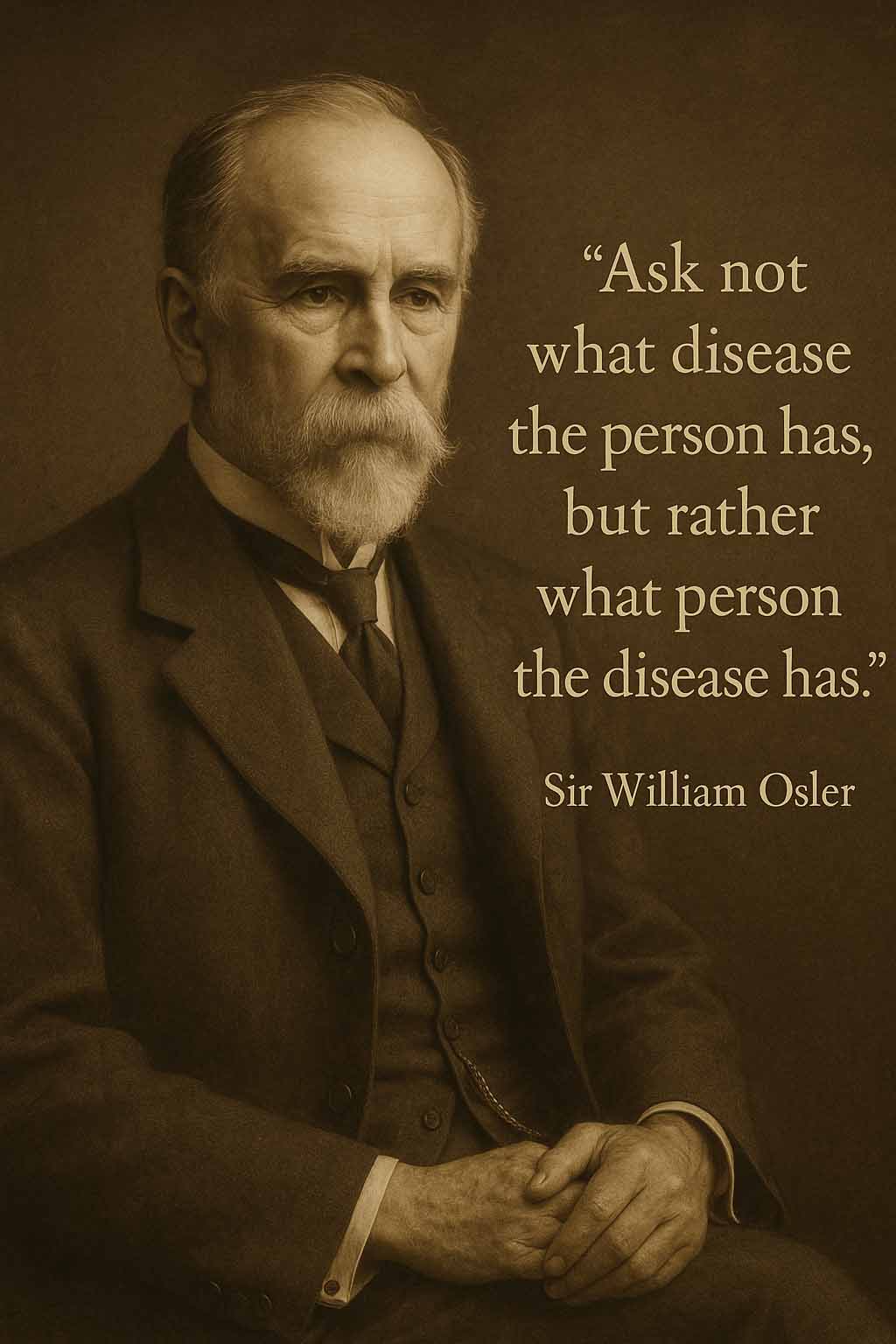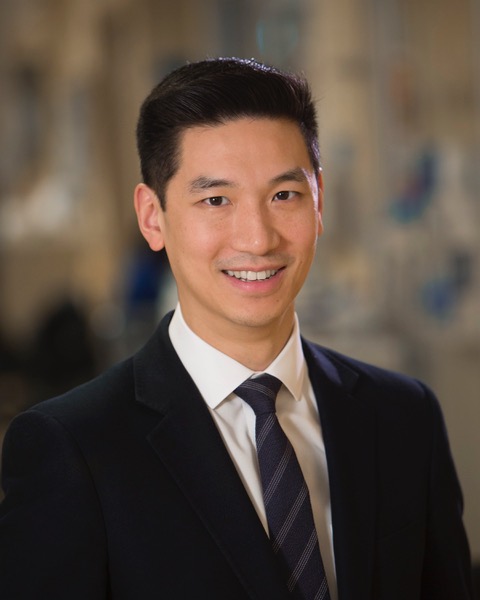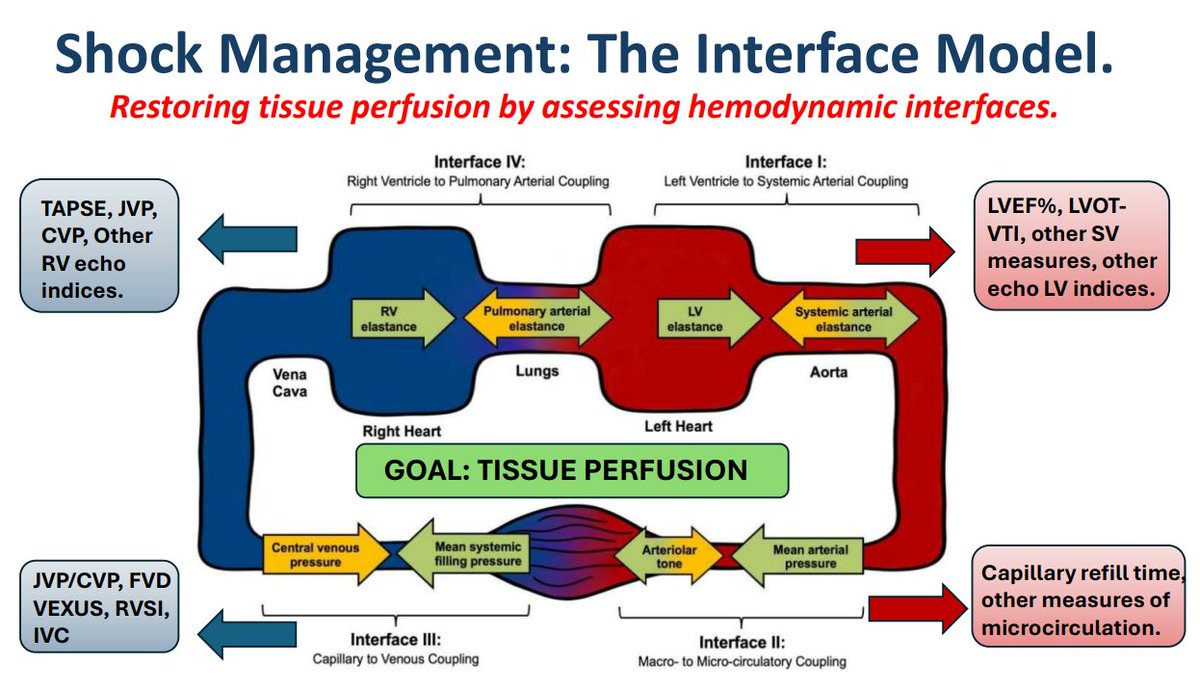Family meetings are often necessary to communicate with families and determine the next steps in caring for patients. For most of these family meetings, the patient may be too ill to participate. Furthermore, the ICU team often has never met the patient before the onset of severe illness. This creates a situation where the patient’s humanism is easily overlooked. A humanism-first family meeting is a structure to center the meeting around the patient (rather than the disease processes).

This is straightforward, as illustrated above. A good place to start is a broad question, for example: “It’s tough to take care of people who we haven’t taken care of before they got sick. Could you start by telling us about who [name] is as a person?” The responses elicited are variable, but often amazing (lifetime achievements, funny stories, touching moments, etc). The goal here is to begin understanding who the patient is and what the family dynamics are.
Next, discuss the patient’s current living situation and quality of life. This can provide medically useful information (e.g., how much physical exertion is the patient capable of?). Equally important and distinct is whether the patient was satisfied with their current quality of life. Two people with the same level of physical disability may have dramatically differing levels of satisfaction with their quality of life.
Finally, inquire about whether the patient ever discussed with the family what their wishes would be if they were very sick. Is there an advanced directive? It is sometimes important to ask whether the patient would be satisfied living in a nursing home.
Only after gaining a reasonable grasp of the patient’s humanity and their goals of care does the meeting shift to discuss the current disease process and treatment options.
There are numerous advantages to a humanism-first family meeting structure:
- The first part of the meeting serves as an icebreaker, allowing the family and ICU teams to get to know one another in a slightly less pressured manner.
- Starting with humanism ensures that essential issues, such as baseline function and advanced directives, aren’t overlooked. Alternatively, if the meeting begins with a discussion of the disease process, there is a risk that the discussion will rapidly progress to various treatment options (while overlooking the goals of care).
- The first part of the meeting may help clarify how the ICU team should best present and discuss treatment options. If the ICU team can understand the patient’s goals and beliefs up front, this may help avoid conflicts and misunderstandings. (As a general rule of thumb, the more listening the ICU team does during a meeting, the more productive the meeting will be.).
- Following this structure will tend to focus the meeting on the patient as a person, rather than getting lost in the technical minutiae of medical care (which is very easy to do, especially with a complicated ICU patient).










